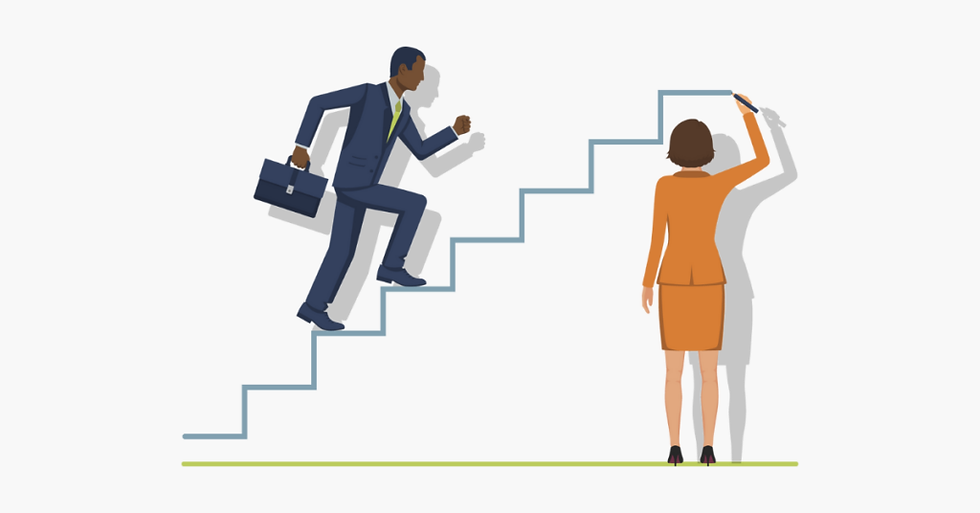Stewarding your new donors from GiveBIG
- Kyle Halmrast

- Apr 27, 2016
- 4 min read
This article was written by Ariel Glassman. She is no longer with Ostara, but we want to preserve this piece so that you can learn from her and from the work she did while part of the Ostara team.
GiveBIG is nigh upon us. Are you ready?
For its 6th year of GiveBIG, The Seattle Foundation changed the infrastructure for GiveBIG from online giving provider Click ‘N Pledge to the online and crowdfunding platform Kimbia, who host some of the most successful giving days across the country. Their system has some awesome upsides for nonprofits, like advance gift scheduling and an option for donors to cover credit card processing costs.
The switch to Kimbia has one complication. The new system doesn’t do something the old system did really well: automatically email each participating nonprofit each time it receives a gift. Donors get their receipts, but nonprofits no longer get the same receipt in real time.
This aspect of the previous GiveBIG system was the basis for one of our favorite tips for maximizing GiveBIG: creating and executing an instant stewardship strategy for your GiveBIG donors. Specifically, re-forwarding the notification email to the donor with a personal note from a real human only takes about 3 moves of the mouse. This speedy personal contact with each donor right after their gift makes them really happy.
The new system requires each nonprofit to log in to their Kimbia account and download a report to see who gave to their GiveBIG campaign. That makes it more complicated and time-consuming to execute instant stewardship. Small nonprofits with less manpower devoted to fundraising will likely be impacted the most.
But as we’ve pointed out before, stewardship in the short- and long-term will help you make the most of your giving day donors. Insights from Kimbia’s massive online fundraising data sets show that nonprofits participating in online giving days can expect that up to 60% of donors that day will be giving their first gift to your organization. Giving days are great acquisition strategies for adding new donors to your pipeline. But your goal is sustainability, right? And how you treat a donor after their first gift is what will get you a to second gift and beyond.
So – if you can’t do instant stewardship for all GiveBIG donors as easily, focus on a mid- and long-term plan welcoming the new donors you gain through GiveBIG. Create and give them more opportunities for them to engage with you, hear how much you love them, and learn what their gift accomplished.
Your one-month, multi-channel GiveBIG new donor stewardship plan is incredibly simple:
Week 1: Have your board call new GiveBIG donors the next week to thank them.
It’s actually a great idea to have your board members call every GiveBIG donor following the event itself. If you task your board with this, make sure you identify who the new donors are so they can explicitly be thanked for making a first-time gift. It should be easy to pull a full donor list from Kimbia, identify the new donors, and give your development committee or other board members specific follow-up call lists.
This is also great for smaller organizations or those struggling to find ways to really engage their board in fundraising. Thank-you calls to donors are one of the most effective uses of board member time for fundraising overall, not just for giving day donors.
Week 2: Have staff send a personal electronic donor welcome kit to each new GiveBIG donor.
Within two weeks, have your development director send personal, 1:1 welcome emails to each new GiveBIG donor. The concept of a donor welcome kit is not new – and it should be part of your overall donor stewardship plan all year long. Creating a smaller, cheaper, easy-to-execute digital version for your GiveBIG donors is a cost-effective way to make your donors feel great and get them more involved in your work.
It doesn’t have to get crazy – just include:
A personal note from a real human that thanks the donor for taking the action to make a gift for the first time.
An invitation to sign up for your email list and links to follow you on social media. Don’t just opt GiveBIG donors in to your email list automatically – you need to let the donor do that themselves. But you have to put the opportunity out there in the follow-up, since the Kimbia forms don’t allow the donor to opt in to your email list when they give.
An invitation to your next event or public program, or volunteer opportunity.
Bonus: for high-dollar first time donors, invite them to meet with the development director or executive director personally.
Week 3: Take a break from GiveBIG. You probably have other things to do.
Remember not to let giving days eat your life.
Week 4: A physical postcard inviting them to your next event, public program, or volunteer opportunity.
Just because someone gave online doesn’t mean you can only contact them online. We live in an attention economy – don’t limit how you interact with someone when they’re getting hit with competing messages and bids for attention from every angle, all the time.
Inviting them to an in-person opportunity is the way to go. Face time with staff and service recipients, and seeing the mission in action personally in real-time, are powerful tools for drawing someone closer to your work.
For small shops, this doesn’t have to be expensive. Self-produce a card in-house that specifically recognizes that the donor gave through GiveBIG, and invites them to step deeper into your mission.



